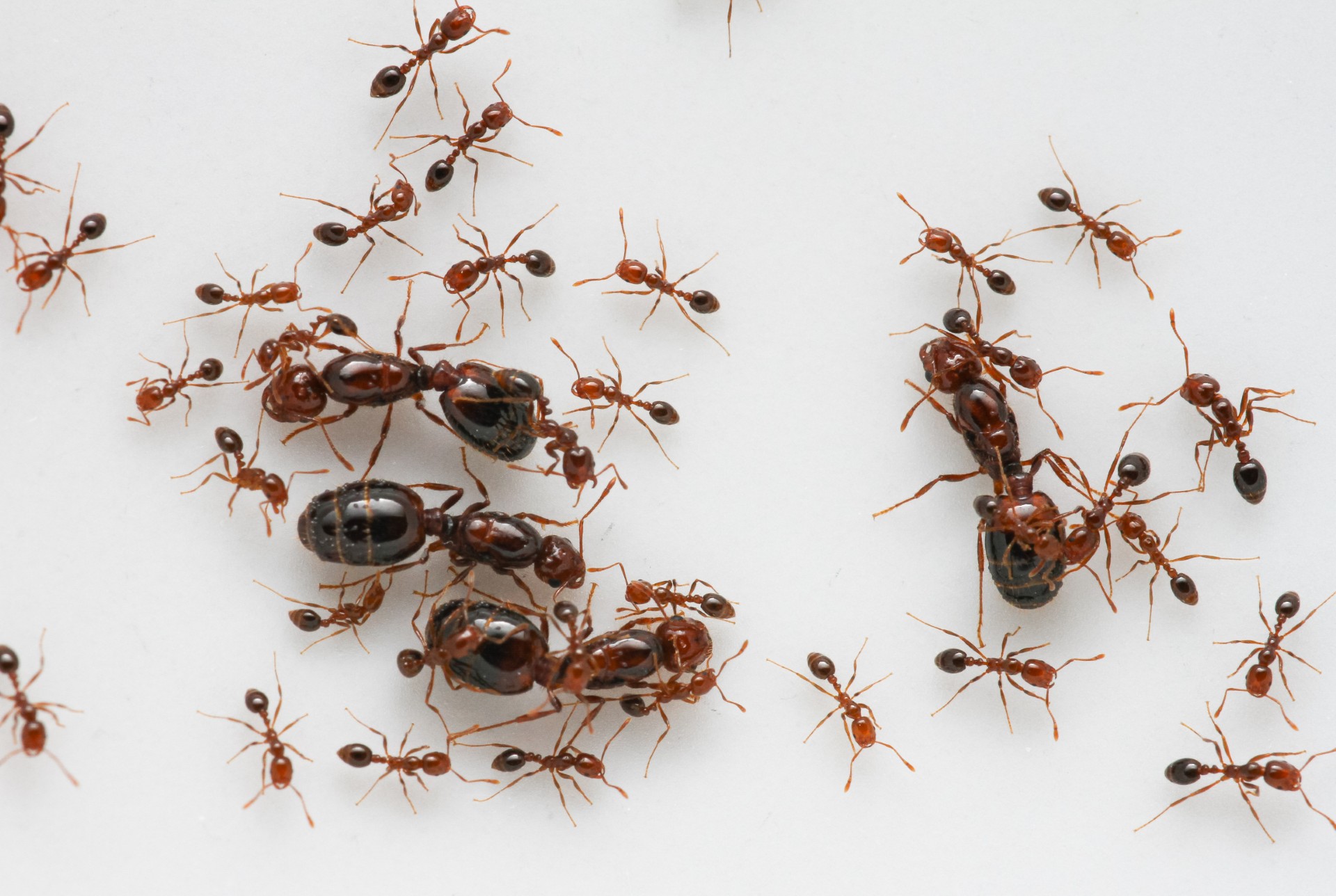There is a very high probability that the drought of '99 will continue well into 2000. I hope I am wrong with this outlook, because if I'm right, Georgia will have several more months of increased wildfire danger, low stream flows and agricultural impacts.
 To learn what region you live in, go here. |
This disheartening outlook is based on two factors at work against Georgia's quick recovery from the drought.
Climatology
The first is climatology. Climatological fall (September through November) is the driest three months of the year in Georgia. October is the driest.
Average monthly rainfall will remain below 4 inches until December. All sections of the state need at least 9 inches of rain to end the drought. Thus, short of a major tropical weather system, fall rains won't be enough to break the drought.
La Ni¤a
The second factor is La Ni¤a, which is a cooling of the equatorial Pacific Ocean surface. It's the opposite of El Ni¤o, which is a warming of the equatorial Pacific surface.
During La Ni¤a winters, Georgia normally has below- normal rainfall. The winter of '98-'99 was a prime example of a La Ni¤a winter in the South.
The National Centers for Environmental Prediction reports that La Ni¤a strengthened in August 1999. This strengthening reversed a general weakening trend that had been occurring since January 1999.
Besides the observational evidence of a strengthening La Ni¤a, NCEP's computer models indicate that La Ni¤a may last through May 2000.
The Climate Prediction Center's climate outlook for October through December 1999 is for equal chances of below-normal (33%), normal (34%) and above-normal (33%) temperatures and precipitation across Georgia.
Drier winter
As we enter winter, the outlook for rain decreases. For November through January, the precipitation probabilities across north Georgia are for a 43-percent chance of below-normal, a 34-percent chance of normal and a 23- percent chance of above-normal precipitation.
Across south Georgia, the dry outlook is even more pronounced, with a 53-percent chance of below-normal, a 34-percent chance of normal and only a 13-percent chance of above-normal precipitation.
CPC's outlook for the same period is for equal chances of below-normal, normal, and above-normal temperatures.
Temperature and precipitation winter outlook
ÿ
|
For additional information, follow these links from the Climate Prediction Center: CPC's Monthly and Seasonal Outlooks http://www.cpc.ncep.noaa.gov/products/predictions/multi_ season/13_seasonal_outlooks/color/seasonal_forecast.html La Ni¤a
Information |
For climatological winter (December through February), CPC's outlook is for an increased probability of above-normal temperatures statewide. The statewide probabilities are for an 18-percent chance of below-normal, a 34-percent chance of normal and a 48-percent chance of above normal temperatures.
The precipitation probabilities for December through February range from equal chances of below-normal, normal and above-normal precipitation across extreme north Georgia to a 53-percent chance of below-normal, a 34- percent chance of normal and a 13-percent chance of above-normal precipitation across south Georgia.
Average, not daily forcasts
It's important to remember when using three-month climate outlooks that the outlooks don't forecast daily weather or extremes. The three months may have an average temperature above normal, but there may still be days in which the temperature will be much below normal.
Daily record lows could be set even though the three-month average is above normal. Cold periods during an otherwise warm winter can do more damage than if the winter had averaged colder than normal.
With the three-month precipitation outlook, the outlook is for the total precipitation during the whole period. Thus, even when the three-month total is below normal, periods of heavy rain and flooding are possible.
Impacts of continued drought
If the drought continues through the winter, many Georgians will feel the impacts:
- The wildfire danger will continue to increase. The
Georgia Forestry Commission
is already warning the public to postpone any outdoor
burning until conditions
improve. This warning is months before the normal peak
wildfire season in
late winter and early spring.
- Low stream flows will continue, causing a higher
concentration of pollutants.
Low stream flows along the coast will have a negative impact
on the state's
shrimp industry. Reservoirs and water tables will remain
low.
- The soil-moisture recharge that normally occurs in the winter may not be adequate. Dry soils will have a direct impact on pastures and small grains and will also make cold damage more likely to plants in the fields. When spring planting begins, dry soils will decrease germination and stand development.
You can get updates on the drought in Georgia and across the Southeast at the University of Georgia drought Web site(www.griffin. peachnet.edu/caes/drought/). Or call your county Extension Service agent.
Get updated weather data at the Georgia Automated Environmental Monitoring web site (www.griffin.peachnet. edu/bae/).






